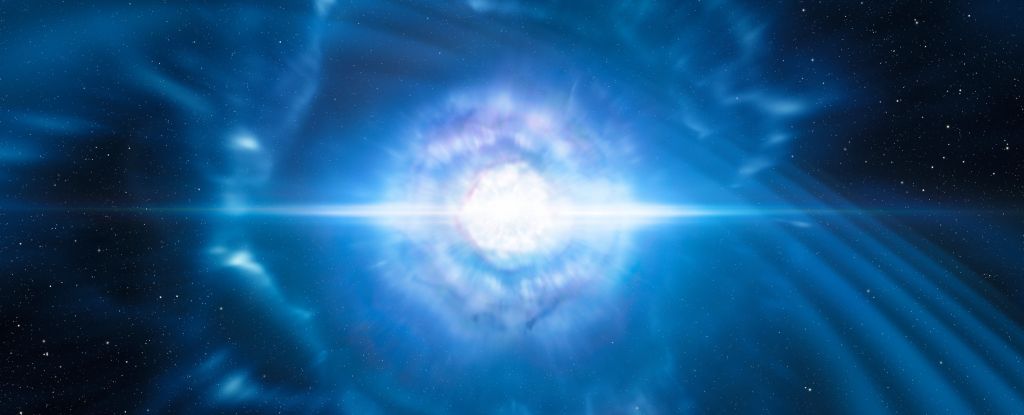
Stars in the early epochs of the universe were capable of producing elements much heavier than those ever naturally found on Earth or elsewhere in the wider cosmos.
This intriguing revelation stems from the findings of a team of astronomers led by Ian Roederer of the University of Michigan, who analyzed 42 stars in the Milky Way. The chemical compositions of these stars can only be accounted for by the prior creation of elements with atomic masses exceeding 260.
The majority of elements in the universe, particularly those heavier than hydrogen, owe their existence to stars. The primary method involves fusion, where the core of a star acts as an engine, amalgamating atoms to generate heavier elements.
The pinnacle of this process is the production of iron. Attempting to fuse iron into heavier elements demands more energy than it produces, leading to the star’s self-destruction.
Another avenue involves the star’s demise through events like supernova explosions or kilonova explosions, where two neutron stars collide. These scenarios create conditions conducive to the rapid neutron-capture process, or r-process.
The r-process occurs in an environment with an abundance of loose neutrons that adhere to available nuclei, forming heavier elements. The extreme and energetic setting required for this process is typically found in events like supernovae.
This rapid process has been confirmed as the mechanism responsible for producing elements such as gold, platinum, thorium, and uranium. Despite these insights, much remains unknown about the intricate mechanisms behind the creation of elements.
In comprehending the r-process, acknowledged for its extreme conditions, Roederer sheds light on the challenges faced in understanding this cosmic phenomenon.
The cosmic landscape poses intriguing questions about the diversity of sites capable of triggering the r-process and its elusive termination. Queries about neutron addition and the upper limits of element weight linger in the scientific realm, pushing researchers to delve into unconventional approaches.
A parallel avenue in element formation lies in nuclear fission, where atoms split rather than fuse, resulting in less massive elements. This alternative process becomes the focus, specifically examining elements like ruthenium, rhodium, palladium, and silver in meticulously studied ancient stars.
The chemical compositions of 42 stars in the Milky Way, meticulously scrutinized by Roederer and team, unveil a wealth of information. These ancient stars, predominantly hydrogen-based, played a pivotal role in crafting elements in their cores, influencing subsequent stellar generations.
While the stars under investigation are recognized for hosting r-process elements during supernova explosions, the researchers pivot to exploring fission products. This unconventional approach involves studying a group of stars collectively, revealing a distinctive pattern in the absence of expected abundance ratios linked to the r-process.
The revelation points to early stars producing elements surpassing an atomic mass of 260, subsequently undergoing fission to yield lighter, more stable counterparts. These elements, never observed naturally anywhere in the universe, pose a mystery despite being replicable in laboratory settings with their short-lived half-lives.
The research underscores the significance of exploring potential fission products as a key to understanding the prevalence of these elements throughout the universe. Roederer highlights the uniqueness of detecting atomic mass 260 in space, absent even in Earthly contexts like nuclear weapon tests.
Published in Science, this research journey opens new doors in astrophysics, offering a glimpse into the intricate processes shaping the rich diversity of elements across the cosmos. As we continue to unravel these cosmic mysteries, the study paves the way for a deeper understanding of the universe’s fascinating tapestry.





